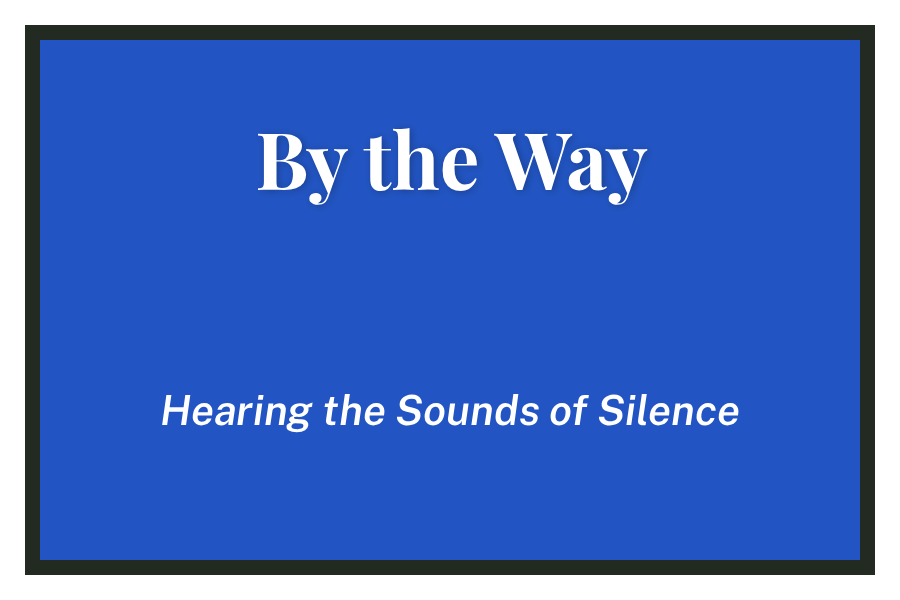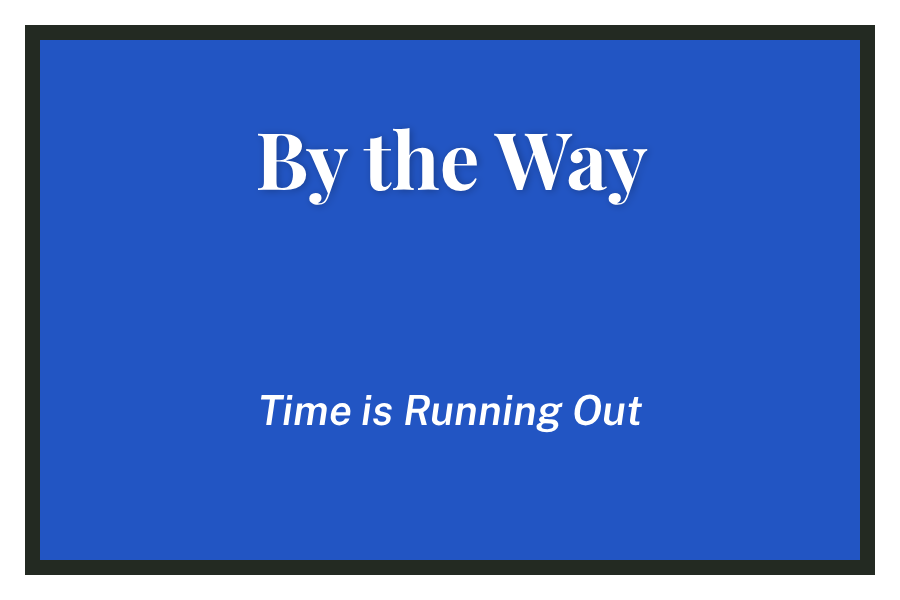I walk through the gates of school and down the ramp of the parking lot. I get to the door and as I try to open it, it doesn’t open. The door is locked. I take off my backpack and find my wallet and scan my ID on the reader. The door opens, I walk through and have to stop again, this time to get out my phone –– which they now want me to have when it’s convenient for them –– so that I can open up my digital wallet to scan the QR code. I then am forced to wait for the spinning circle to load to see whether or not it wants me to click a button this time to prove I’m here. I’m in the building. How many ways can I say it? Maybe we should add a riddle to the process or some security questions. Just to ensure I’m really here. That it is really me. Would a retina scan suffice? What about a blood sample?
SchoolPass was introduced at the end of last year as a solution to people not using the ID scanners, though solution might not be the right word here. Typically when I’m solving the problem of something being annoying to use, I don’t make it more annoying. Or at least I would actually replace the thing that didn’t work. But no, I’d be silly for thinking that. Let’s keep both and make entering school everyday a fun little game.
SchoolPass has also not solved anything. The majority of people I see –– including myself at times –– will walk right past the line of people waiting to use one of the three scanners at the door. However soon it will have an incentive for using it, an absence. Starting soon, SchoolPass will be replacing the attendance system. The change will allow for failing to scan in to make you automatically marked as absent for your first class.
Even if this gets people to use SchoolPass, it is not the right choice. Not only is the process tedious and causes crowds at the entrances, the technology behind it is just about as old as me, and you can feel the time go by as it runs a seven digit number past only about 1000 entries. It shouldn’t have been that slow in 2008, and it definitely shouldn’t be now. I could make a system in a day that would be effectively instant, so the fact that this is essentially their whole company is crazy.
So what can we do? We do have to know who is in the building for safety. If I had to choose between the two current requirements, I would choose IDs. They are faster, more efficient and open the doors as well. IDs, however, come with the problem that they can’t keep track of visitors, parents, or middle schoolers who definitely don’t have phones. But maybe there is a solution to that. A quick search of the SchoolPass website, shows they offer RFID support, the same technology used in our school IDs. Without knowing the full details, I believe there would be a way to integrate the two systems without any hardware changes and allow upper schoolers and faculty to use IDs, while still having a system in place for visitors and attendance.
Then again, this is the 21st century. We can do better than scanning IDs. I have come up with some more futuristic ideas that I don’t believe could/would be implemented but are technologically possible and seen in everyday life. Walmart, among other companies, uses facial recognition to track shoplifters over multiple visits. Facial recognition could be implemented for students of all ages. It would be both faster and easier than IDs and prevent the need for parents to check their younger children in. It also removes the bottlenecks from the entrances. Some people might not consent to facial recognition, so it would be an opt-in system in addition to one of the more stable solutions discussed earlier.
Alternatively, for most Middle & Upper Schoolers, GPS on phones could be used to track whether or not you’re in the building. While this solution seems less intrusive than facial recognition on the surface, I’d argue it is more because it could open the door for Admin to track our locations more broadly, which would not be good. However, with proper security measurements there are some benefits to using GPS over more advanced technology. For one, facial recognition is more likely to miss someone as they walk through the door, whereas GPS can provide for continuous tracking.
At the end of the day, there are many possible solutions that would be able to track who is in the building. I’ve listed a wide range of them here and there’s definitely more. It is hard to say which one would be the best for us, but what I can say for sure is that our current setup isn’t it. To be useful, the system needs to first be used. Entering the building shouldn’t be a multiple step process, and it really doesn’t have to be.














